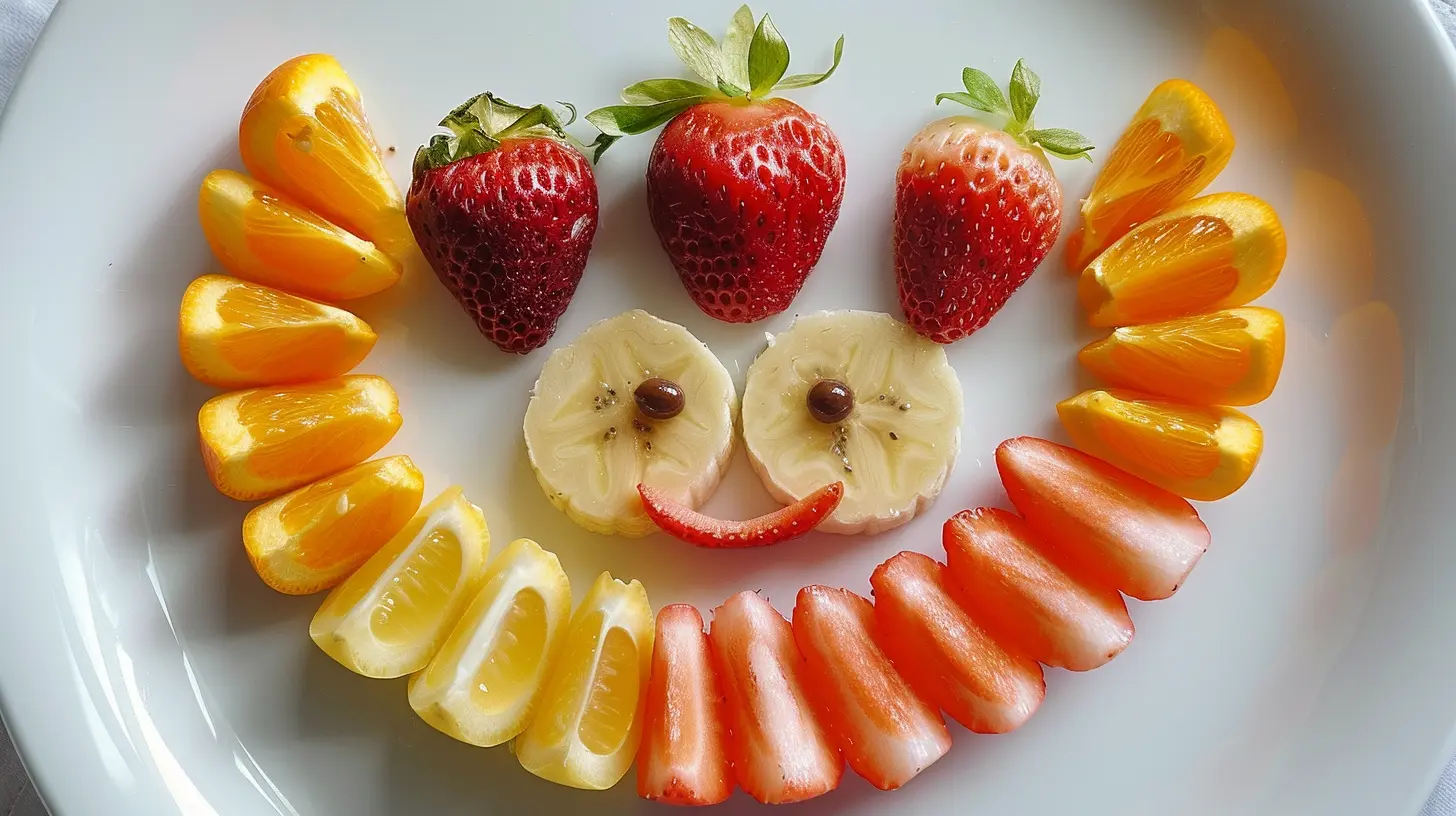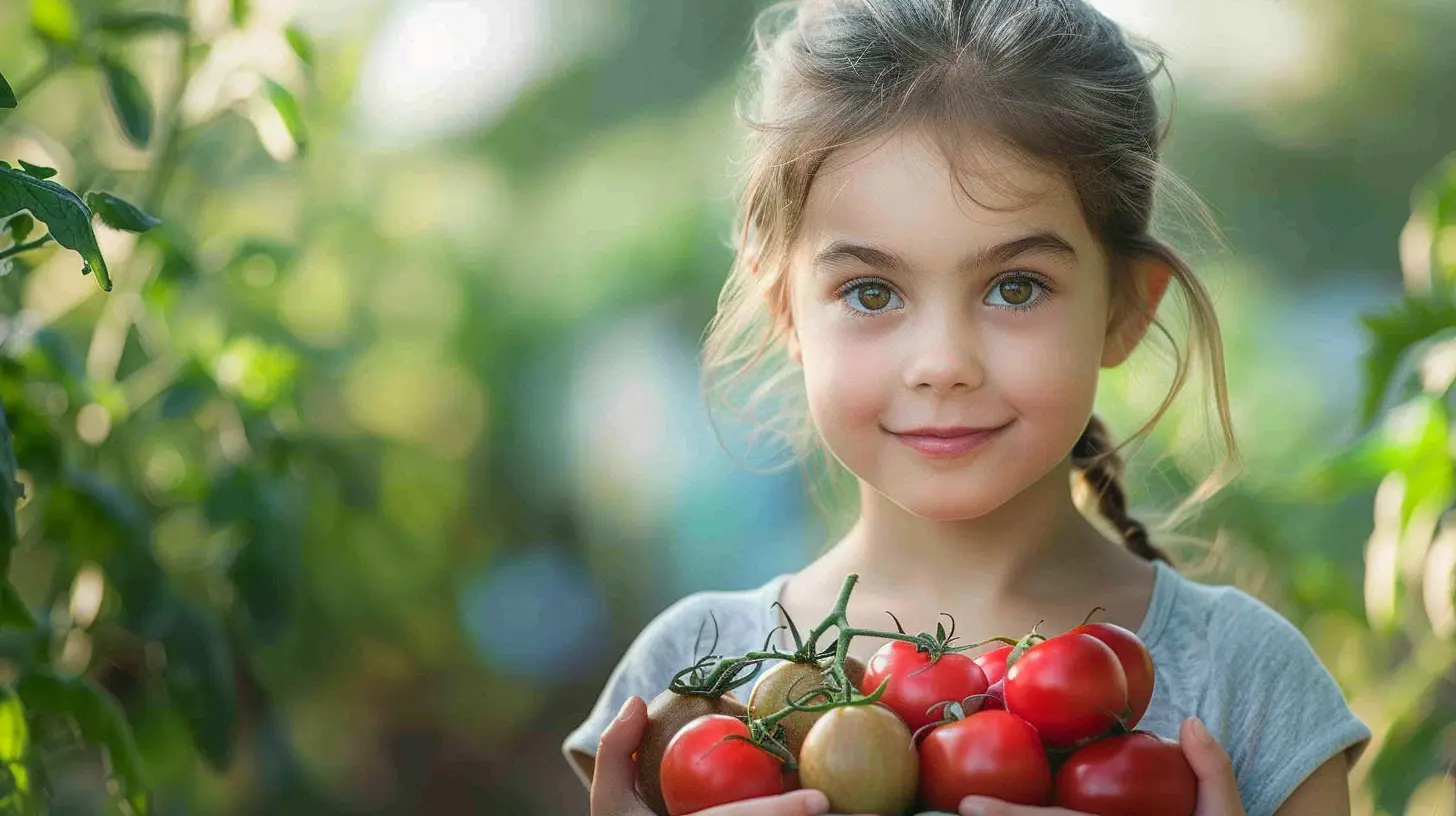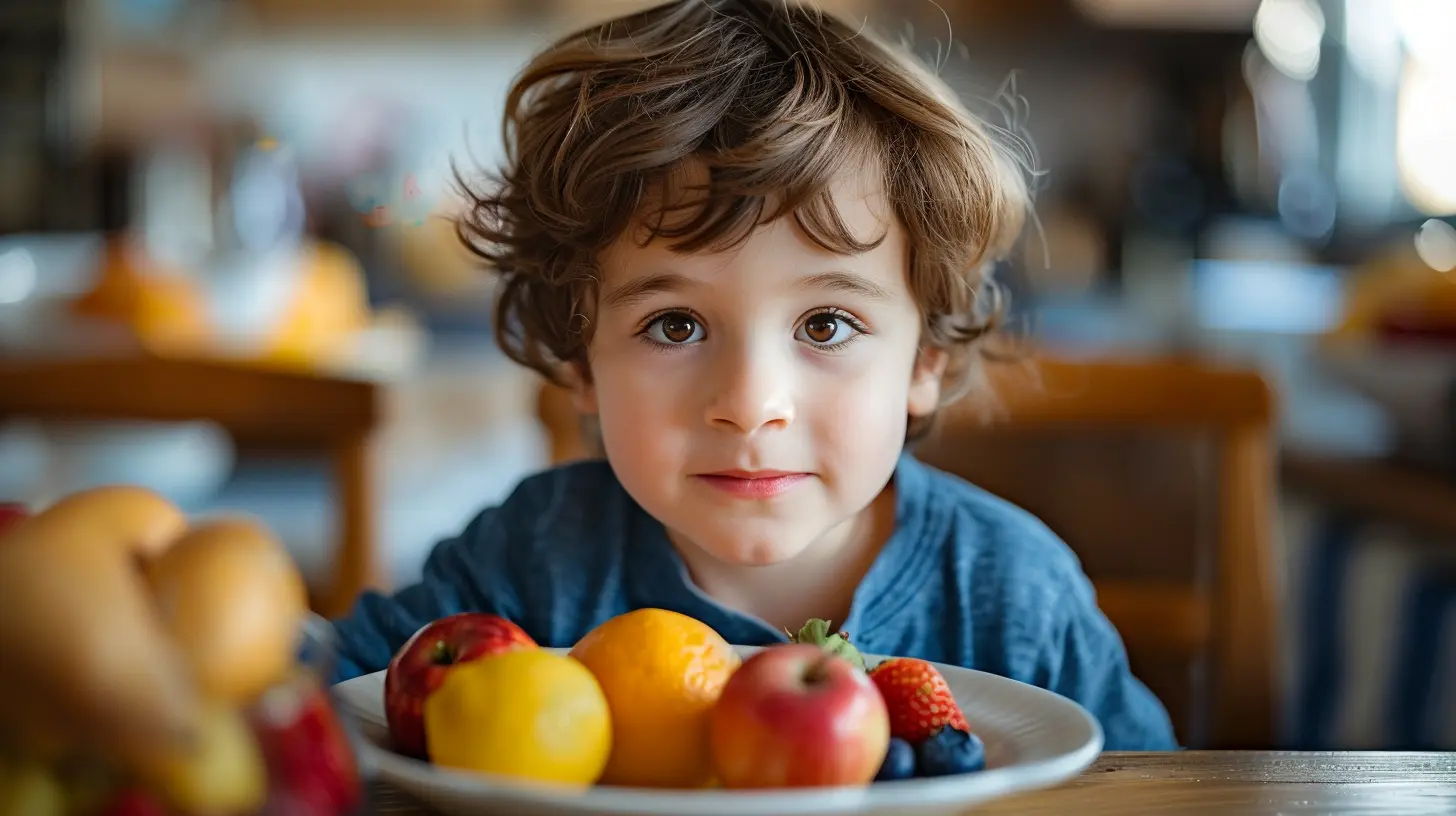How to Encourage a Positive Relationship with Food
7 July 2025
Food. It's one of life’s most basic necessities, yet it can stir up a storm of emotions—comfort, guilt, joy, anxiety—you name it. If you're a parent, you’ve probably wondered how to help your child build a healthy, happy relationship with food. And hey, maybe you’re working on that yourself too! Either way, you're in the right place.
Talking about food doesn't have to be complicated or heavy. In fact, it should be joyful, nourishing, and dare I say — fun! Let’s dig into how you can foster a positive food environment that not only fuels your family's bodies but also nurtures healthy minds and hearts.

Start With Yourself: Model the Relationship You Want to See
Before we jump into focusing on our kids, let’s press pause and take a look within. Kids are like tiny sponges. They watch us like hawks (even when we wish they wouldn’t), and they learn how to treat food by watching how we treat it.Ask yourself:
- Do I often label foods as "bad" or "guilty"?
- Am I constantly dieting or talking about weight?
- Do I eat with joy and gratitude? Or stress and guilt?
If you want your child to have a peaceful relationship with food, it's essential to lead by example. Show them that all foods can fit in a balanced lifestyle. Talk about how food gives us energy, strengthens our bodies, and brings people together.
Parenting isn’t about being perfect—it's about being mindful.

Skip the Food Labels: There Are No "Good" or "Bad" Foods
Let’s be real. Calling cookies “bad” and broccoli “good” might seem harmless, but it sends a sneaky message that some foods make us inherently better or worse people. That’s a heavy burden for little minds!Instead, try using words like:
- “Sometimes foods” and “everyday foods”
- “Fueling foods” and “fun treats”
It’s all about balance. A slice of cake at a birthday party? That’s joy. A handful of baby carrots at lunch? That’s fuel. Both have a place at the table.
The goal? Remove the moral value from food. Food is not naughty. It’s not shameful. It’s just... food.

Involve Kids in the Kitchen (Yes, Even When It Gets Messy)
One of the most powerful ways to encourage a positive food relationship is to involve your kids in the process. When children help slice strawberries or stir soup, they're far more likely to feel confident around food and curious about trying new things.Even toddlers can help! Try:
- Washing fruits and veggies
- Pouring ingredients into a bowl
- Tearing lettuce leaves
Older kids can level up to chopping, measuring, and creating their own recipes. Don’t worry about the mess. That banana bread batter on the ceiling? It comes with the territory—and it’s worth it.
Cooking together makes food less mysterious and more magical. It allows your kids to explore textures, flavors, and ingredients without pressure.

Ditch the Clean Plate Club
Raise your hand if you heard, “Finish your plate before you leave the table!" growing up. Yep, me too. While it might seem like a lesson in preventing waste, it can backfire when it comes to developing intuitive eating skills.Children are born with an amazing ability to regulate their hunger and fullness. When we force them to keep eating past that point, it chips away at that natural wisdom.
Instead, try these phrases:
- “Listen to your tummy.”
- “Eat until you feel satisfied.”
- “It’s okay to save the rest for later.”
By encouraging mindful eating, you're teaching your child to respect their body’s signals. That’s a life skill they’ll carry into adulthood.
Make Mealtimes About Connection, Not Control
Think of the dinner table as more than just a place to eat. It’s a gathering spot for stories, laughter, and bonding. When mealtimes are relaxed and enjoyable, kids are less likely to feel anxious or rebellious about eating.Here are some easy wins:
- Share highs and lows from your day
- Play a quick game like “Would you rather?”
- Light a candle or use fancy napkins to make it feel special
Avoid turning mealtimes into a battlefield. No bribing with dessert. No power struggles. Just good food, good vibes.
Teach Body Positivity Alongside Food Positivity
Food and body image are closely linked, especially for kids who are hearing all kinds of messages from media and peers. It’s crucial to create an environment where all bodies are celebrated.Celebrate what bodies do, not just how they look:
- “Your strong legs help you run fast!”
- “Your tummy helps digest all that yummy food.”
Avoid commenting on weight—yours, theirs, or anyone else’s. Instead, focus on how food helps our bodies feel good and do amazing things.
Self-love and food freedom go hand-in-hand.
Don’t Use Food as a Reward or Punishment
Using food as a behavior tool—like offering a cookie for good behavior or withholding dessert for bad—sends mixed signals. It can teach kids that food is something to earn or fear, rather than a normal part of life.Think about this: Would you want someone to say, “You were late to work today, so no lunch for you”?
Exactly.
Instead, separate food from behavior. Praise good behavior with words, hugs, or small privileges like extra playtime. Keep food emotionally neutral.
Make Room for All Foods (Yes, Even Sugar)
Ice cream. Chips. Candy. These foods aren’t villains. When we restrict or over-control access to them, they become forbidden fruit—and we all know how tempting that is.When sweets are a normal, occasional part of your child’s diet, they lose their mystery. Kids stop obsessing over when they'll get their next sugar fix.
Try:
- Having dessert with dinner instead of after
- Occasionally offering a cookie just because
- Talking about how different foods make us feel
Your goal isn’t to eliminate sugar—your goal is to make peace with it.
Respect Individual Tastes and Appetites
Not everyone loves lima beans, and that’s okay. Let kids have their own preferences. Just like adults, not every meal will be their favorite—and they shouldn’t be forced to “just deal with it.”Offer a variety of foods and let them choose what feels good. Over time, their tastes will expand. Your job is to provide balanced options; their job is to decide what and how much to eat.
It’s teamwork, not a dictatorship.
Talk About Where Food Comes From
Food doesn’t just magically appear on our plates—it comes from farms, gardens, oceans, and bakeries. Teaching kids about food sourcing helps them build appreciation and awareness.Here are some fun ideas:
- Visit a farmers market or local farm
- Grow herbs or veggies at home (even a windowsill counts)
- Watch kid-friendly documentaries about food
When children understand how food is grown, harvested, and prepared, it gives them a deeper connection to what they’re eating.
Normalize All Food Experiences—The Good, The Bad, and The Boring
Sometimes food makes us feel energized. Other times, we get a tummy ache from too much birthday cake (hey, it happens). Normalize those ups and downs without guilt or shame.Food is an experience, not a math equation. By talking openly about all the ways food affects us—emotionally, physically, culturally—you invite your child to do the same.
It’s okay to say:
- “That pizza was delicious but now I feel super full.”
- “I noticed I feel more awake when I have protein at breakfast.”
This creates a safe space for food conversations that are judgment-free and body-positive.
Final Thoughts: It’s a Long Game
Encouraging a positive relationship with food isn't a one-time event. It’s a journey. There will be picky phases, sugar highs, dinnertime meltdowns, and everything in between.But with patience, empathy, and a little bit of mess along the way, you’re helping your child build a foundation of food confidence, self-love, and balance.
So, next time you sit down for a meal, take a deep breath. Smile. Laugh. Clink your forks together. You’re doing better than you think.
And always remember — food is so much more than nutrition.
It’s love. It’s connection. It’s joy on a plate.
all images in this post were generated using AI tools
Category:
Healthy MealsAuthor:

Kelly Snow
Discussion
rate this article
1 comments
Sloane McCall
Focus on creating enjoyable mealtime experiences, involve kids in cooking, and model balanced eating habits to foster a healthy, positive relationship with food.
July 17, 2025 at 2:47 AM

Kelly Snow
Absolutely! Involving kids in cooking and creating enjoyable mealtime experiences can significantly enhance their relationship with food. Modeling balanced eating habits is key to fostering positivity and health. Thank you for highlighting these important strategies!


